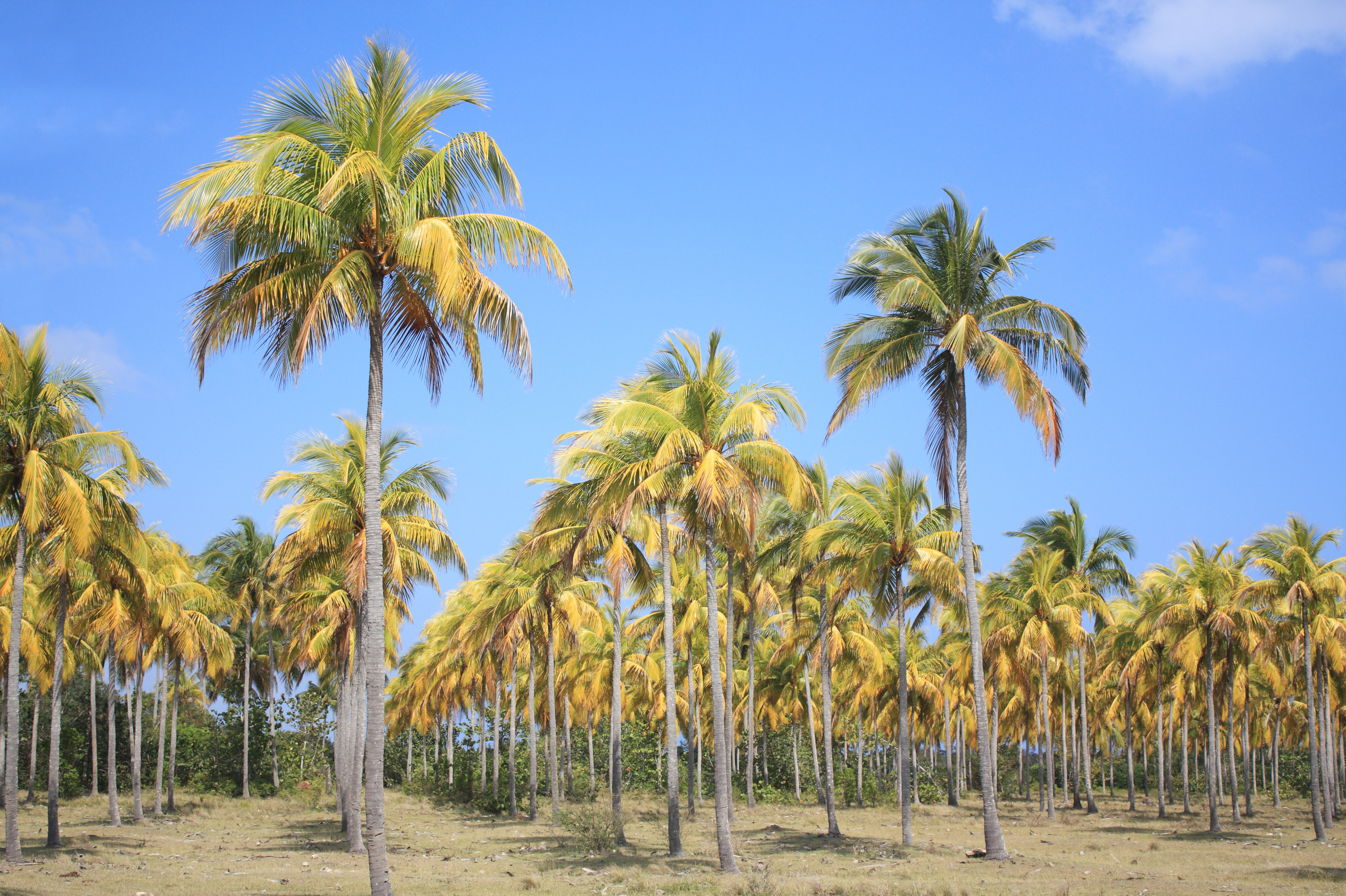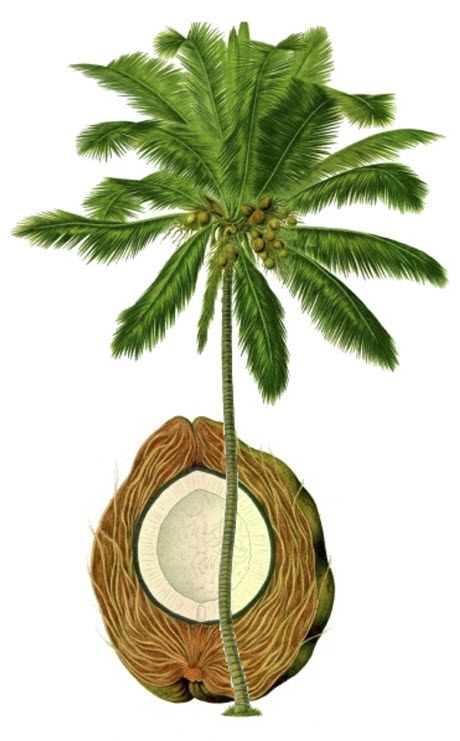Coconut trees are known as the ‘Tree of Life’ and for very good reason. More than 100 products can be made from the coconut tree so it’s little wonder that it’s part of everyday life for billions of people globally. More recently coconuts have been recognised as a “Super food” simply defined as being a nutrient dense food. Botanically speaking, the coconut fruit is a drupe, consisting of pericarp and mesocarp (husk), endocarp (shell) and testa enveloping the mature endosperm (kernel) which has a central cavity (vacuole) containing liquid endosperm (enriched water).
Coconuts are known for their versatility ranging from food to cosmetics. They form a regular part of the diets for many people in the tropics and subtropics. Coconuts are distinct from other fruits for their endosperm containing a large quantity of water (also called “milk”) and when immature, may be harvested for the potable coconut water. When mature, they can be used as seed nuts or processed for oil, charcoal (activated carbon) from the hard shell, and coir from the fibrous husk. When dried, the coconut flesh is called copra. The oil and milk derived from it are commonly used in cooking and frying, as well as in soaps and cosmetics. The husks and leaves can be used as material to make a variety of products for furnishing and decorating.



